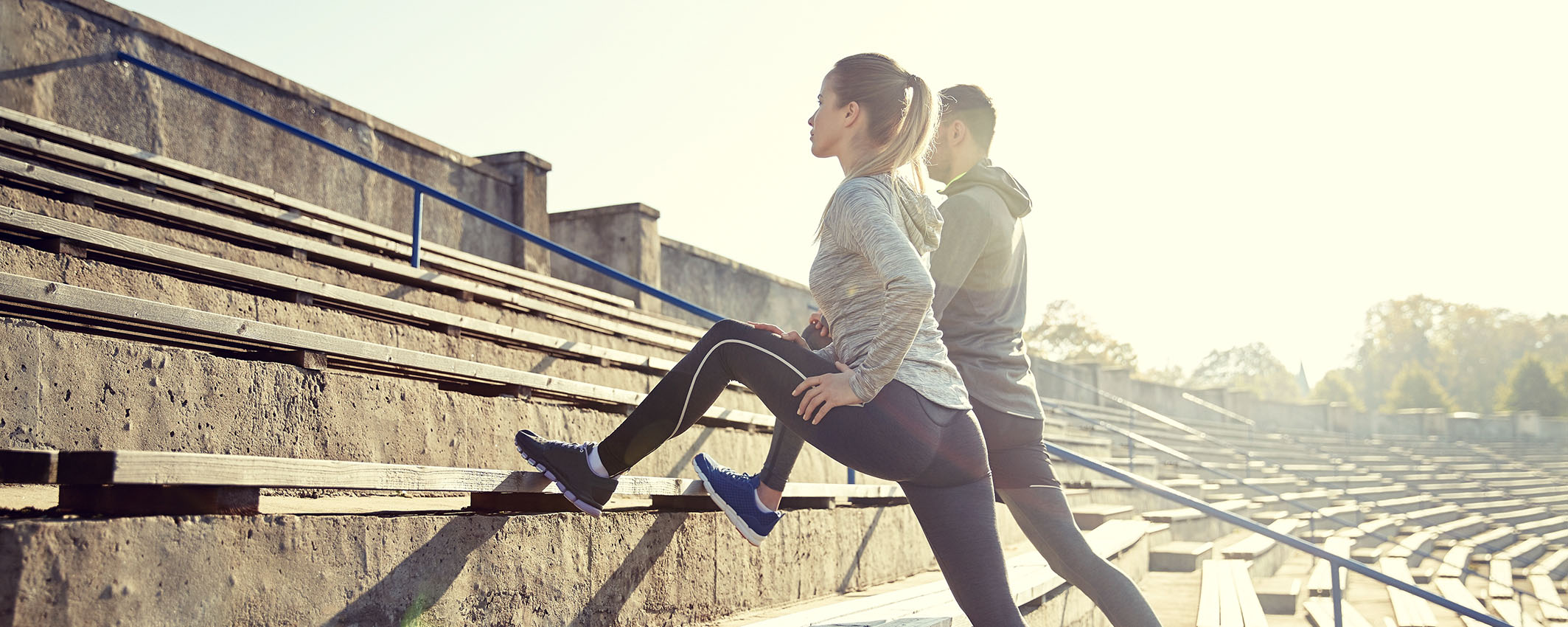 |
CCST9075 Science, Technology and Big Data
|
Course Description
What’s stopping you from being fit and physically active?
Humankind has evolved rapidly, having set physical activity as a primary pillar for our survival and health. However, we are currently living in an era where we become less physically active and more sedentary. What is it that makes us choose to adopt a physically inactive and sedentary lifestyle, when we know the negative health impacts of it? This course will help you solve this intertwined mystery, which will help you sustain a healthier and happier life.
To unfold the box of this enigma, we first need to understand the inter-disciplinary nature of exercise, and physical activity determinants. Through a series of themed lectures we will explore together how individuals’ participation in exercise and physical activity is determined not only by personal factors, but also by contextual, cultural, and environmental factors.
“Be Fit! Be Active!” is a course that aims to radically change your understanding of the essence of bodily movement. You will not only acquire a strong theoretical background, but also engage in hands-on tasks and experience. Having completed practically useful projects, you will have the opportunity to evaluate the effectiveness of real-world interventions and learn in-depth about the fundamental techniques needed to design programmes and policies aimed at increasing physical activity and well-being.
[A field trip will be held in Reading Week.]

Course Learning Outcomes
On completing the course, students will be able to:
- Describe frameworks and theories that address multiple layers of influence on physical activity.
- Demonstrate skills and strategies to make feasible and measurable changes to their own physical activity and sedentary behavior using wearable technologies.
- Critically evaluate evidence-based practices and health promotion strategies for increasing physical activity and decreasing sedentary time in different cultural and environmental settings.
- Apply techniques and knowledge to design and implement a program, campaign, or policy aimed at increasing physical activity and reducing sedentary time.
Offer Semester and Day of Teaching
Second semester (Wed)
Study Load
| Activities | Number of hours |
| Lectures | 26 |
| Tutorials | 10 |
| Fieldwork / Visits | 10 |
| Reading / Self-study | 35 |
| Assessment: Essay / Report writing | 15 |
| Assessment: Presentation (incl preparation) | 40 |
| Total: | 136 |
Assessment: 100% coursework
| Assessment Tasks | Weighting |
| Reflective journal | 40 |
| Written report | 15 |
| Group Project | 35 |
| Participation in lectures and tutorials | 8 |
| Peer evaluation | 2 |
Required Reading / Viewing
Introduction
- Lewis, B. A., Napolitano, M. A., Buman, M. P., Williams, D. M., & Nigg, C. R. (2017). Future directions in physical activity intervention research: expanding our focus to sedentary behaviors, technology, and dissemination. Journal of behavioral medicine, 40(1), 112-126.
- VicHealth. (2013, May 8). Understanding Health Promotion – A short introduction. From https://www.youtube.com/watch?v=y9THQTEqMaU
- Boys & Girls Clubs of America. (2018, June 7). Triple Play: Addressing Social Determinants of Health. From https://www.youtube.com/watch?v=JJAjm52QdEU
Social determinants of PA and Health
- Bauman, A. E., et al. (2012). Correlates of physical activity: why are some people physically active and others not?. The Lancet, 380(9838), 258-271.
- Booth, S. L., et al. (2001, March). Environmental and Societal Factors Affect Food Choice and Physical Activity: Rationale, Influences, and Leverage Points. Nutrition Reviews, 59(3), S21–S36.
- Urban Institute. (2018, April 18). Dr. Camara Jones Explains the Cliff of Good Health. From https://youtu.be/to7Yrl50iHI
Technology and PA
- Gao, Z., & Lee, J. E. (2019, November 1). Emerging Technology in Promoting Physical Activity and Health: Challenges and Opportunities. J. Clin. Med., 8(11), 1830.
- PwC US. Always on: The quantified self. From https://www.youtube.com/watch?v=FtMSWFA4HZU
- Sullivan, A. N., & Lachman, M. E. (2017). Behavior change with fitness technology in sedentary adults: a review of the evidence for increasing physical activity. Frontiers in public health, 4, 289.
Active transport , environment and PA
- Cerin, E., Sit, C. H., Wong, S. H., Huang, Y. J., Gao, G. Y., Lai, P. C., & Barnett, A. (2019). Relative contribution and interactive effects of psychological, social, and environmental correlates of physical activity, sedentary behaviour, and dietary behaviours in Hong Kong adolescents. Hong Kong Medical Journal, 25(Suppl. 2), S34-S39.
- Volkswagen. (2010, July 2). The Fun Theory series: Piano stairs. From https://www.youtube.com/watch?v=5Nj3smpfUtM
Course Co-ordinator and Teacher(s)
| Course Co-ordinator | Contact |
| Professor Y. Kim School of Public Health, LKS Faculty of Medicine |
Tel: 2831 5252 Email: youngwon.kim@hku.hk |
| Teacher(s) | Contact |
| Professor Y. Kim School of Public Health, LKS Faculty of Medicine |
Tel: 2831 5252 Email: youngwon.kim@hku.hk |

